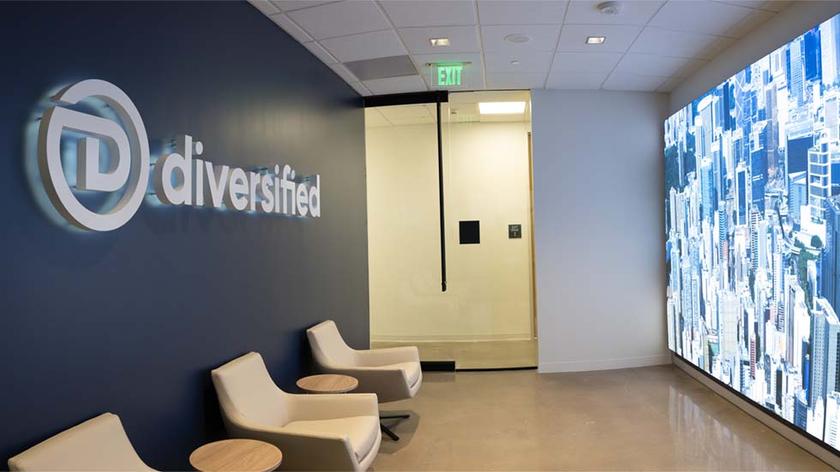Broadcasters spin the wheel of fortune
While this year's NAB convention may have been light on new products, it was heavy on talk about broadcasters becoming players in the mobile TV arena. With two broadcast-compatible transmission systems being demonstrated off the show floor, the topic was on a lot of minds. Both systems use the VSB transmission standard.
Harris and LG Electronics proposed what they call MHP, for mobile, pedestrian and handheld devices. Samsung and Rohde & Schwarz demonstrated what's called Advanced-VSB (A-VSB). Both of the proposals would allow broadcasters to devote a portion of their 19.39Mb/s ATSC stream to sending images to mobile receivers.
While both systems claim to be compatible with ATSC, only A-VSB has reached the draft amendment stage for A/53. Proponents claim that no formal FCC rule changes would be required because the bit stream and coding changes would not change modulation characteristics or emitted bandwidth.
The A-VSB solution uses a supplementary reference signal (SRS) and turbo coding to enable mobile reception at speeds up to 150mph, theoretically. Turbo coding replaces the data protection and correction processing used in VSB and E-VSB.
At NAB2007, the A-VSB demonstration used Las Vegas station KVMY-TV and showed that at one-fourth rate coding (3Mb/s), the system could transmit a 750Kb/s media stream. An additional 2.8Mb/s is required for the SRS. This leaves approximately 13.5Mb/s to carry standard MPEG-2 programming.
The Harris/LG MPH signal is compressed and encoded differently than ATSC signals but does not change how standard VSB signals are received. The MPH data stream is multiplexed with the main ATSC program stream. The proposed standard uses 4.4Mb/s for MPH, which leaves 15Mb/s for MPEG programming. Using QVGA resolution, a station could transmit 30fps images with a data rate between 300Kb/s and 500Kb/s, which would support two or three program channels.
Lest we forget, there are two other heavy hitters in this space: Crown Castle and QUALCOMM. These companies are pushing hard for their propriety transmission standards, respectively called Modeo and MediaFLO, to be adopted. If either of these options is adopted by the cell phone makers, TV stations won't have to worry which of the VSB systems is better.
Even so, broadcasters are optimistic, and stations should consider supporting these industry proposals. To support the development of mobile digital broadcast TV, some of the nation's largest TV broadcasters have formed the Open Mobile Video Coalition. Members include Belo, FOX Tribune, Gannet, ION, NBC, Sinclair and Telemundo. These broadcasters represent 280 stations covering more than 96 million households, so the group could influence upcoming key decisions.
Even though some may think the odds are against broadcasters in this endeavor, just think of it as a Vegas bet. The million-dollar jackpot could be just one spin away.
Send comments to:editor@broadcastengineering.com
Get the TV Tech Newsletter
The professional video industry's #1 source for news, trends and product and tech information. Sign up below.













